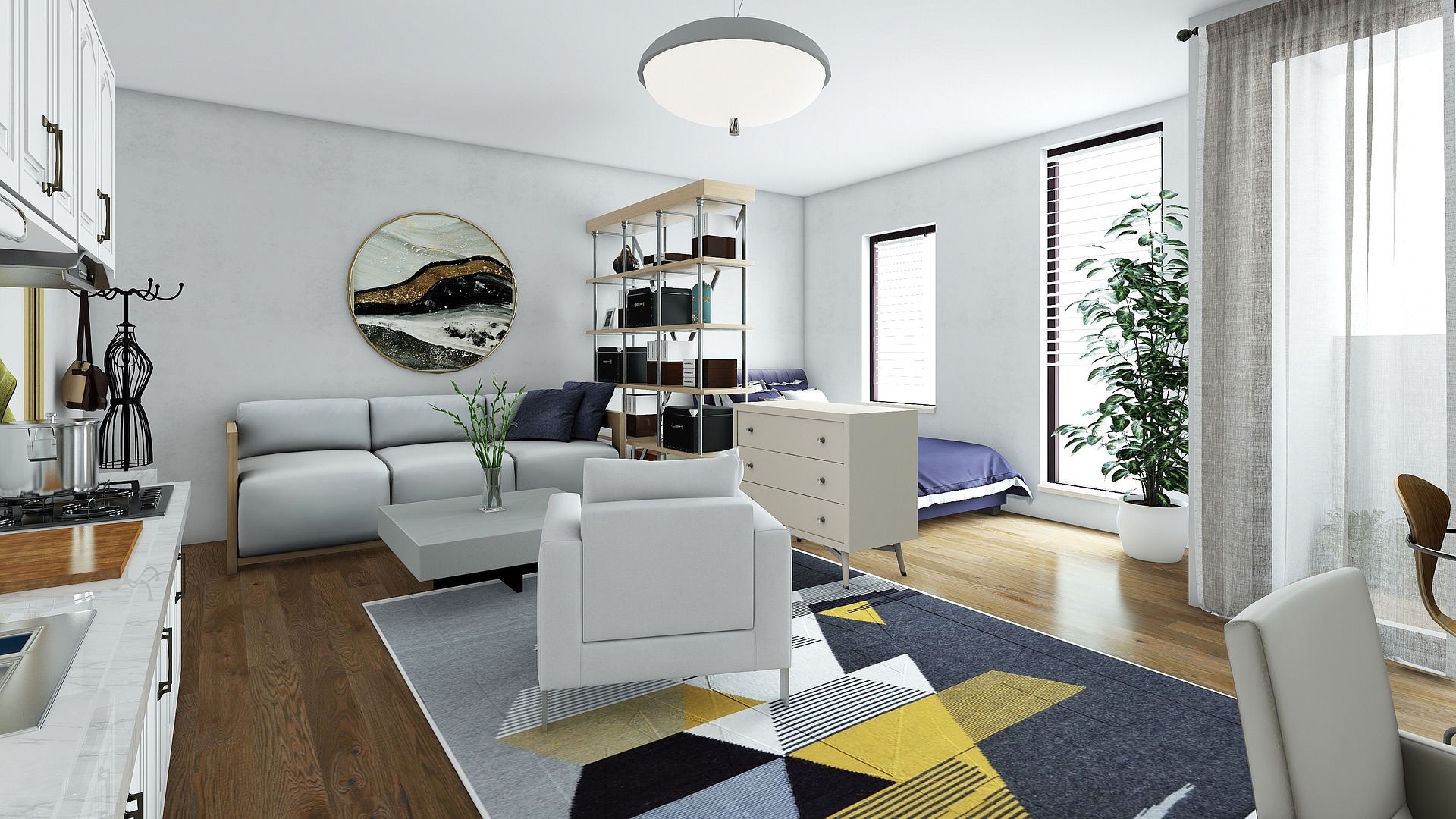Neoclassical Revival: The Modern Twist on Timeless Elegance
In an era where design trends come and go at lightning speed, a surprising resurgence is taking the home decor world by storm. Neoclassical Revival, a fresh interpretation of centuries-old aesthetics, is capturing the hearts of design enthusiasts and homeowners alike. This isn't your grandmother's stuffy classical decor; it's a bold, contemporary take that marries timeless elegance with modern sensibilities. Let's dive into this exciting trend that's redefining luxury for the 21st century.

In its heyday, Neoclassical design was synonymous with refinement and sophistication. It graced the halls of palaces and adorned the homes of the elite. However, as design trends evolved, Neoclassicism fell out of favor, often viewed as too formal or outdated for modern tastes.
The Modern Revival: A Fresh Perspective
Fast forward to today, and we’re witnessing a fascinating resurgence of Neoclassical elements in contemporary interiors. This revival, however, is far from a mere reproduction of historical styles. Today’s designers are reimagining Neoclassical principles through a modern lens, creating spaces that are at once timeless and cutting-edge.
The new Neoclassical Revival incorporates traditional elements like symmetry and proportion but injects them with a dose of contemporary flair. Gone are the stuffy, overly formal interiors of the past. In their place, we find spaces that are light, airy, and unexpectedly fresh.
Key Elements of the Neoclassical Revival
At the heart of this trend is a celebration of classical forms, reinterpreted for modern living. Columns, once reserved for grand entrances, now appear as sleek room dividers or statement pieces in open-plan spaces. Pediments and architraves frame doorways and windows, adding architectural interest without overwhelming the space.
Color plays a crucial role in this revival. While traditional Neoclassical interiors often featured muted tones, the modern interpretation embraces a broader palette. Soft pastels like blush pink and sage green are paired with deep, moody hues like navy and emerald, creating a dynamic and sophisticated color scheme.
Furniture in the Neoclassical Revival style strikes a balance between traditional forms and contemporary materials. A Louis XVI-style chair might be upholstered in a bold, geometric print, while a classic pedestal table could be rendered in sleek marble or even acrylic.
Blending Old and New: The Art of Contrast
One of the most exciting aspects of the Neoclassical Revival is its emphasis on contrast. Designers are masterfully mixing periods and styles to create interiors that are both harmonious and intriguing. An ornate gilded mirror might be paired with a minimalist concrete wall, or a delicate neoclassical frieze could adorn a room filled with mid-century modern furniture.
This juxtaposition of old and new extends to materials as well. Traditional materials like marble and brass are reimagined in contemporary forms, while modern materials like glass and steel are used to create classical-inspired pieces. The result is a rich, layered aesthetic that feels both familiar and refreshingly new.
Neoclassical Revival in Different Spaces
The versatility of the Neoclassical Revival trend allows it to be adapted to various spaces and styles. In living rooms, it manifests in symmetrical furniture arrangements, architectural moldings, and a mix of antique and modern pieces. Bedrooms embrace the trend with canopy beds featuring clean lines, wall panels with subtle classical motifs, and a palette of serene neutrals punctuated by rich jewel tones.
Kitchens and bathrooms, often challenging spaces for historical styles, are particularly exciting arenas for Neoclassical Revival. In kitchens, we’re seeing a return to elegant proportions and symmetry, with modern appliances seamlessly integrated into classically inspired cabinetry. Marble countertops and backsplashes echo the grand interiors of the past while serving contemporary needs.
In bathrooms, freestanding tubs with classical claw feet are making a comeback, but with sleeker, more modern profiles. Pedestal sinks and vanities with turned legs add a touch of neoclassical elegance, while large-format tiles in geometric patterns nod to classical mosaic floors.
Sustainability and the Neoclassical Revival
Interestingly, the Neoclassical Revival aligns well with current sustainability trends in home design. The emphasis on quality craftsmanship and timeless aesthetics encourages investment in pieces that will last for generations, countering the fast-furniture culture. Many designers are sourcing antique neoclassical pieces and giving them new life, promoting circular design principles.
Moreover, the trend’s focus on natural materials like wood, stone, and natural fibers resonates with eco-conscious consumers. Artisanal craftsmanship, often featured in neoclassical-inspired pieces, supports local economies and traditional skills, adding an ethical dimension to this aesthetic choice.
The Future of Neoclassical Revival
As we look to the future, it’s clear that the Neoclassical Revival is more than just a passing fad. Its ability to blend timeless elegance with contemporary sensibilities gives it staying power in the ever-evolving world of interior design. We can expect to see continued innovation in this space, with designers pushing the boundaries of what neoclassical design can be.
Emerging technologies like 3D printing and advanced materials science are opening up new possibilities for recreating classical forms in innovative ways. Virtual and augmented reality technologies may soon allow homeowners to visualize and customize neoclassical elements in their spaces before committing to physical changes.
The Neoclassical Revival represents a broader shift in design thinking, one that values heritage and craftsmanship while embracing modernity and innovation. It’s a testament to the enduring power of classical design principles and their ability to adapt to contemporary lifestyles. As we continue to navigate an increasingly digital and fast-paced world, the timeless elegance and grounding presence of Neoclassical Revival offer a welcome respite and a connection to our cultural heritage.





